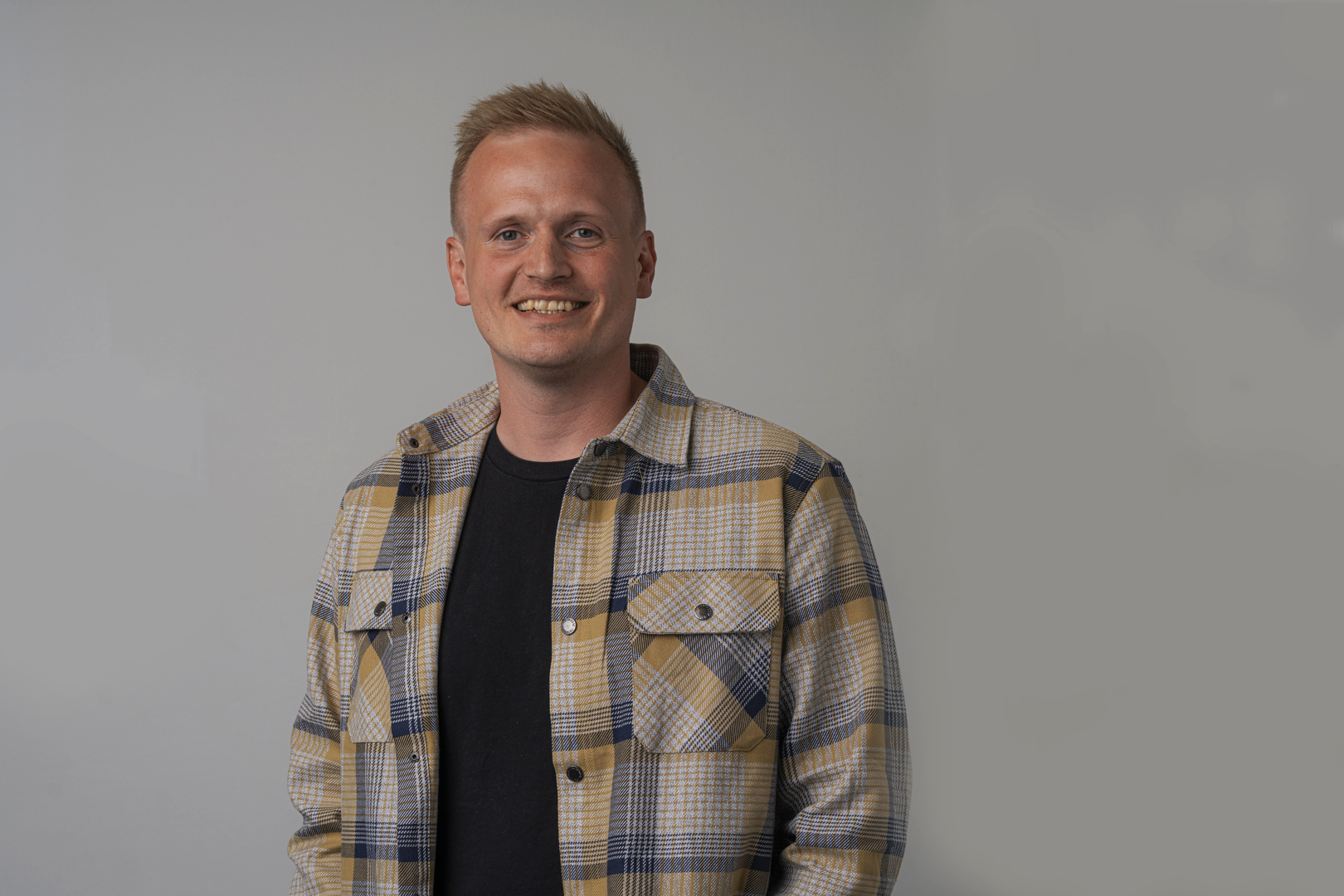Espen Drath Bøjesen
Research leader

Project title
Revealing the Structure of Polyoxometalate Clusters (RESPOM)
What is your project about?
Structure determines properties. This applies from a wall's arrangement of bricks down to the atomic level. Knowing a material's structure is crucial for understanding and optimizing its properties. Researchers have developed methods to determine structures in crystalline form, but these do not work for polyoxometalates (POMs), which are complex compounds of metal and oxygen atoms. Their structures and orientations must be determined in solution or on surfaces where their properties are realized. POMs have great potential in cancer treatment and green technology, but only when dissolved or bound to a surface. I will develop new methods, inspired by Nobel Prize-winning research in structural biology, to determine the structure of POMs in their applied states. I will use this insight to develop better catalysts that will contribute to the green transition.
How did you become interested in your particular field of research?
My interest began in high school, where I early on was fascinated by the relationship between the structure and properties of inorganic materials, thanks to an inspiring teacher. When I started university, I joined a research group that had just received support for a new center of excellence focused on the relationship between materials' structures and their properties. There, I met a supervisor and fellow students who created an incredibly inspiring environment. After completing my PhD, I spent three years in Australia specializing in electron microscopy. Again, I became part of a very inspiring research environment that allowed me to develop my individual research profile. My interest in my field has thus grown through encounters with many inspiring people and environments.
What are the scientific challenges and perspectives in your project?
Developing new methods is a slow and complex process that requires extensive development, optimization, and testing of each step. The challenge lies in the expertise and detailed work necessary to ensure that every part of the method works correctly. New methods for determining the structure of large inorganic molecules in forms other than their crystalline state will open up many new possibilities in materials chemistry. Considering that many solutions to society's major challenges require entirely new and better materials, it is extremely valuable to have new methods that enable the discovery and optimization of a completely new group of almost unexplored materials. In the long run, the development of new methods can have a significant impact on society, as they can be used by other researchers to solve previously unsolvable problems.
What is your estimate of the impact, which your project may have to society in the long term?
The green transition requires new catalysts to break down chemicals in wastewater and split water into hydrogen and oxygen. I aim to develop methods and materials that can help replace expensive and environmentally harmful catalysts with cheaper and greener alternatives. An important part of my research is also determining the structure of polyoxometalates in solution, which is crucial for their potential in cancer treatment. Knowledge of the precise structure of polyoxometalates in their applied state is necessary for optimization and approval for clinical trials. Additionally, the new methods I will develop can contribute to the discovery of new materials with unique properties and help optimize existing materials. Lastly, the members of my research group will acquire skills that can be used to address societal problems through materials science.
Which impact do you expect the Sapere Aude programme will have on your career as a researcher?
Receiving a Sapere Aude: DFF-Starting Grant is a milestone in my research career. I am already in the process of establishing my own research group, but this grant makes it possible for the first time to hire multiple people for the same project. I look forward to having the time and resources to immerse myself in a very exciting research field with a small, well-chosen team around me. I hope to inspire my research group in the same way my former supervisors have inspired me. The grant and its results will help establish me as a leading expert in the development of new electron microscopy methods for studying disordered materials. The project involves several international collaborators, which will further help me expand my international network.
Background and personal life
I am 36 years old, born and raised in Rødekro in Southern Jutland with a German mother and a Danish father. Throughout most of my life, I have engaged in various sports to varying degrees of seriousness. After completing our university education, my partner Malene and I lived in Melbourne, Australia for three years before moving back to Aarhus, where we now live in the lovely Øgade neighbourhood with our 2-year-old son. I love spending time with family and friends and traveling around the world. My free time is spent visiting friends and family, playing at playgrounds, visiting Dokk1, enjoying the University Park, and cycling around Aarhus with our cargo bike. In my work, I am deeply committed to creating an inspiring research environment where young researchers can thrive and be educated, and where we can collectively contribute to solving societal challenges.
View all research leaders here
Research institution
Aarhus University
Research field
Materials Science
City of your current residence
Aarhus
High school
Aabenraa
